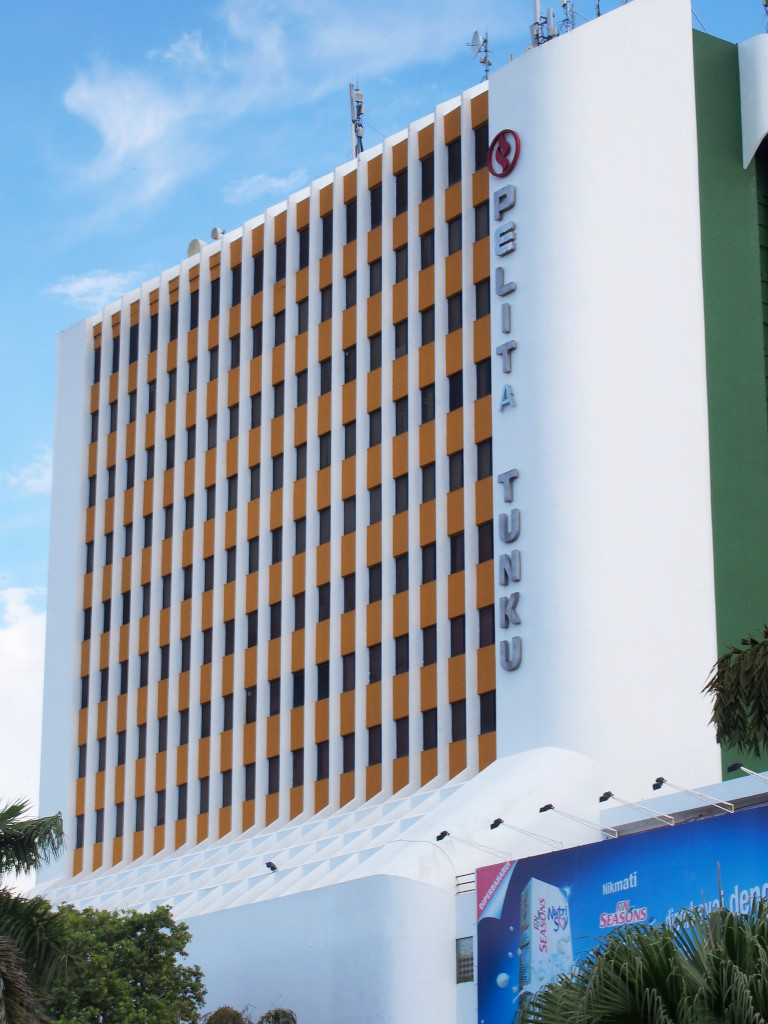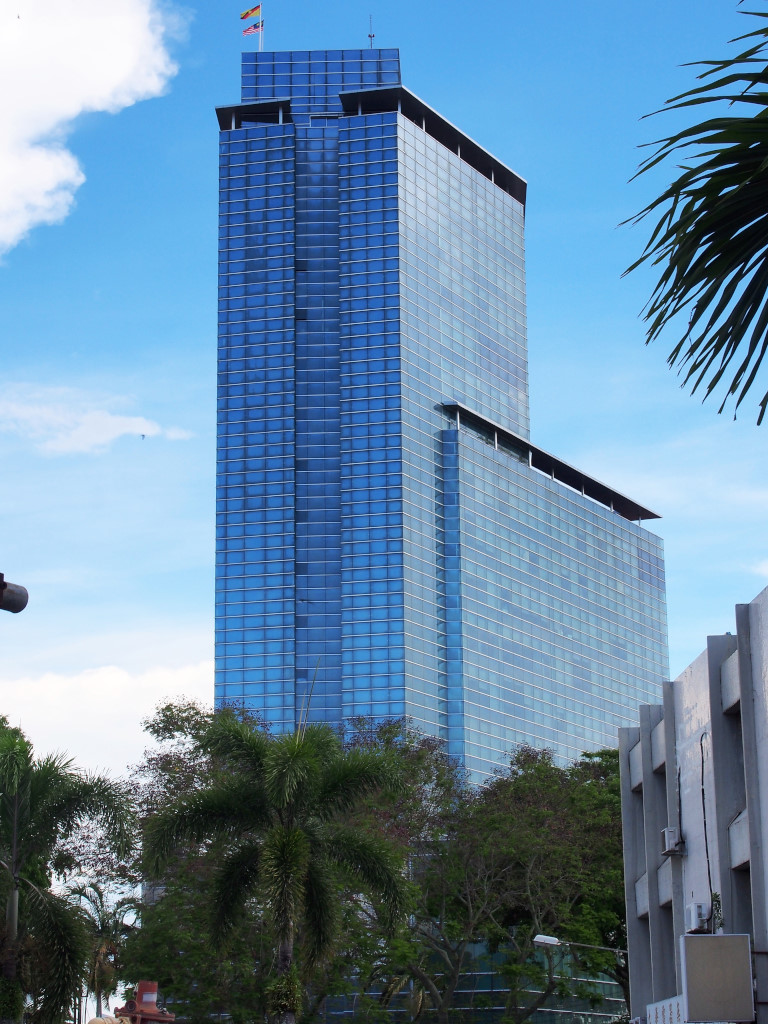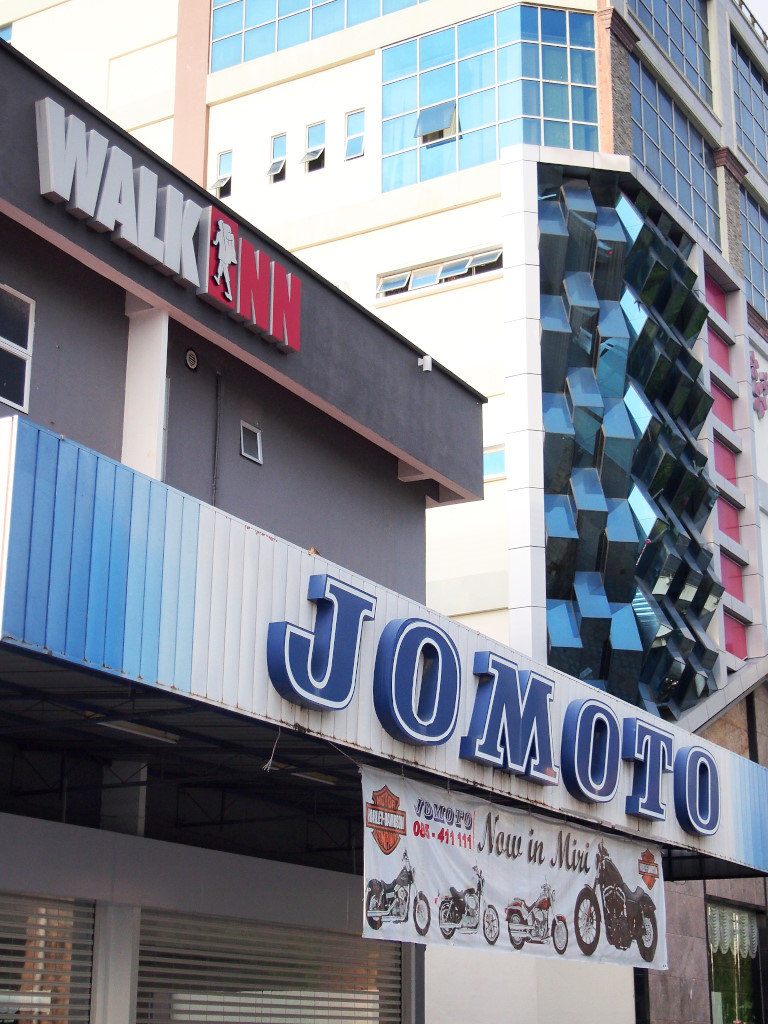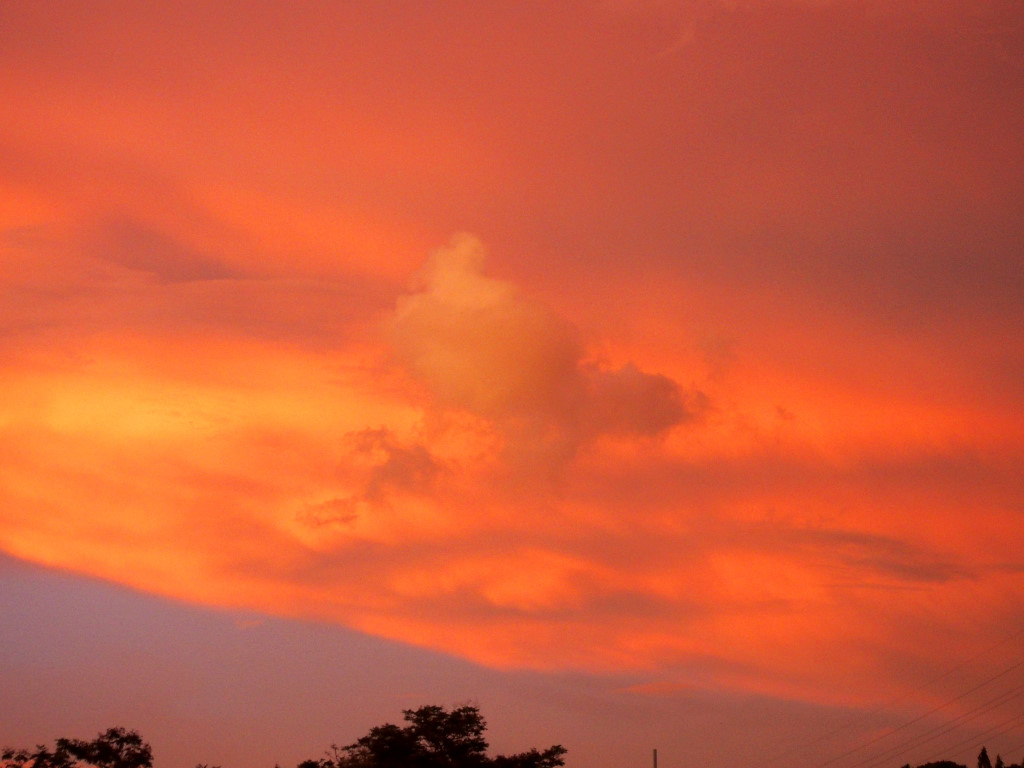April 30th, 2015

I wake up to a brand new day in a brand new city and a brand new country, as unmotivated as always. My excuse for doing nothing at the moment is that I am waiting for Frank to emerge from the neighboring room, as we had intended on wandering into town together and getting a lay of the land.
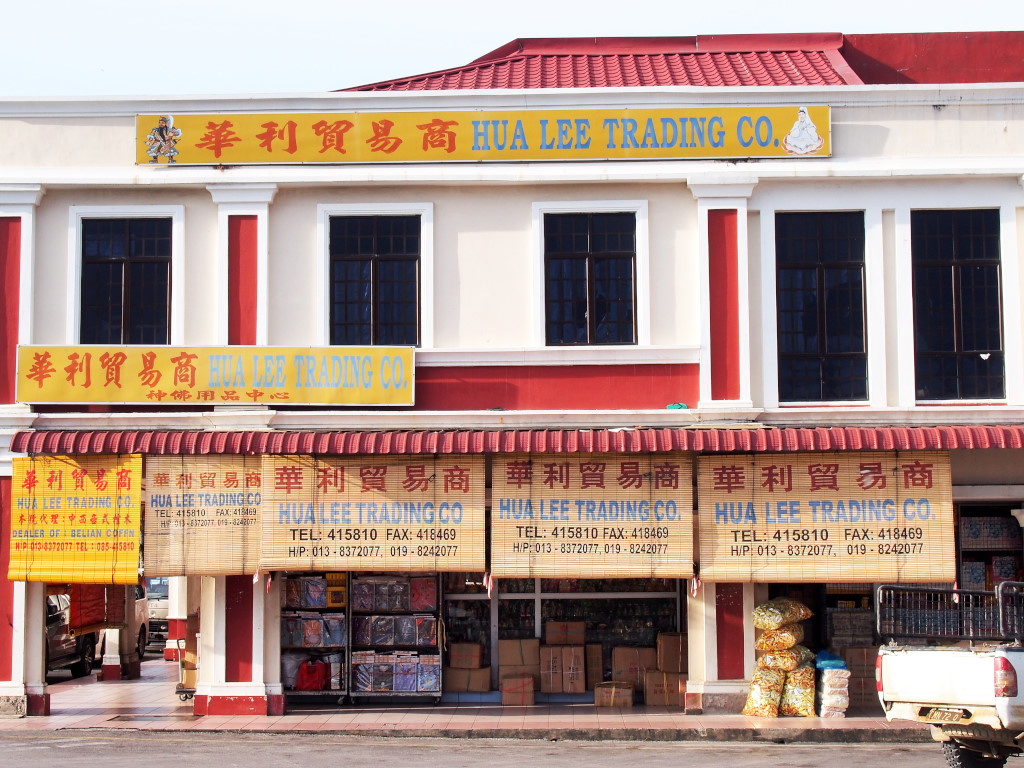
I don’t see a lot of sunshine streaming through the tiny square porthole of my window, so the weather may not be too promising, either. Eventually, we both converge at the tables of the hotel restaurant outside, the torrential rains inundating the world around us, and putting a very concrete damper on the idea of taking on too much today.
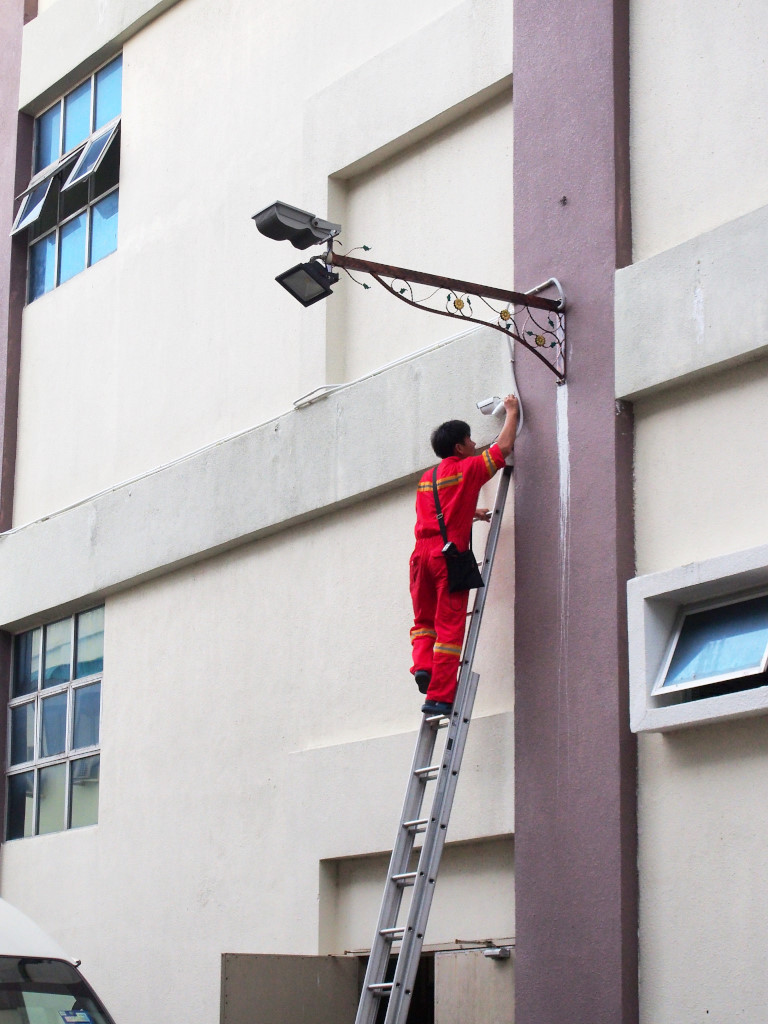
I just can’t imagine this leaden sky clearing any time soon, and whenever the heavy rains do seem to abate, they pick up again momentarily. We had planned on walking into town, as the centre of the city is apparently not that far away, but we would invariably be walking through a lot of open space in the city park, hence getting utterly soaked.
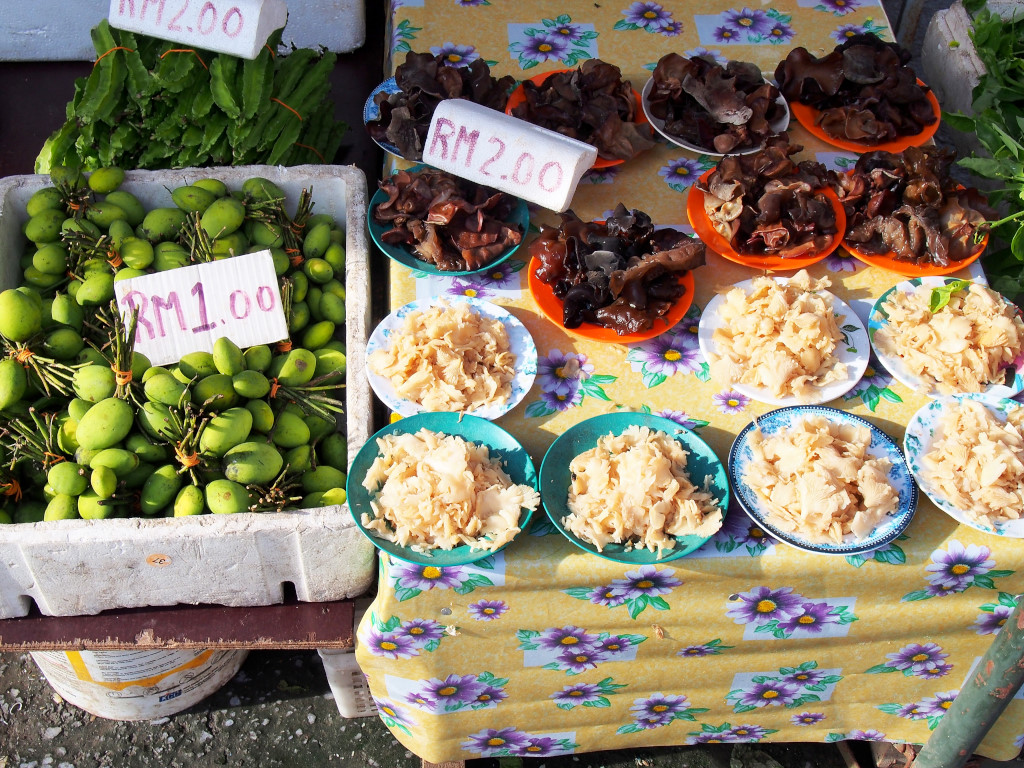
Camped out at the table, the decorous manager of the Miri Budget hotel decides to weigh in on all the restaurants in town I could be eating at, commenting on various entries on the free restaurant map I picked up at the airport. He moves on to the subject of the tourist attractions, although I just want to find some interesting eatery in the immediate area, and forget about the vague descriptions he is providing.
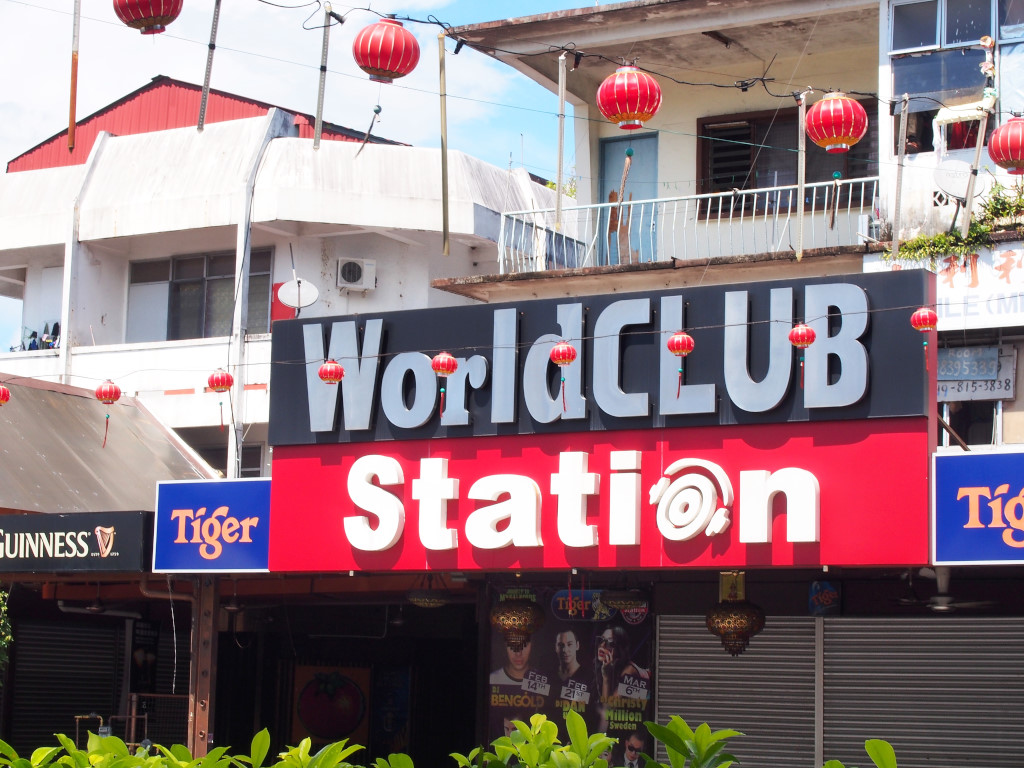
Judging by the look on his face, Frank is not even remotely interested. The intense rain is more of an immediate concern of ours, so he goes off to look for an umbrella while I migrate to a Cantonese eatery at the far end of the opposing building.
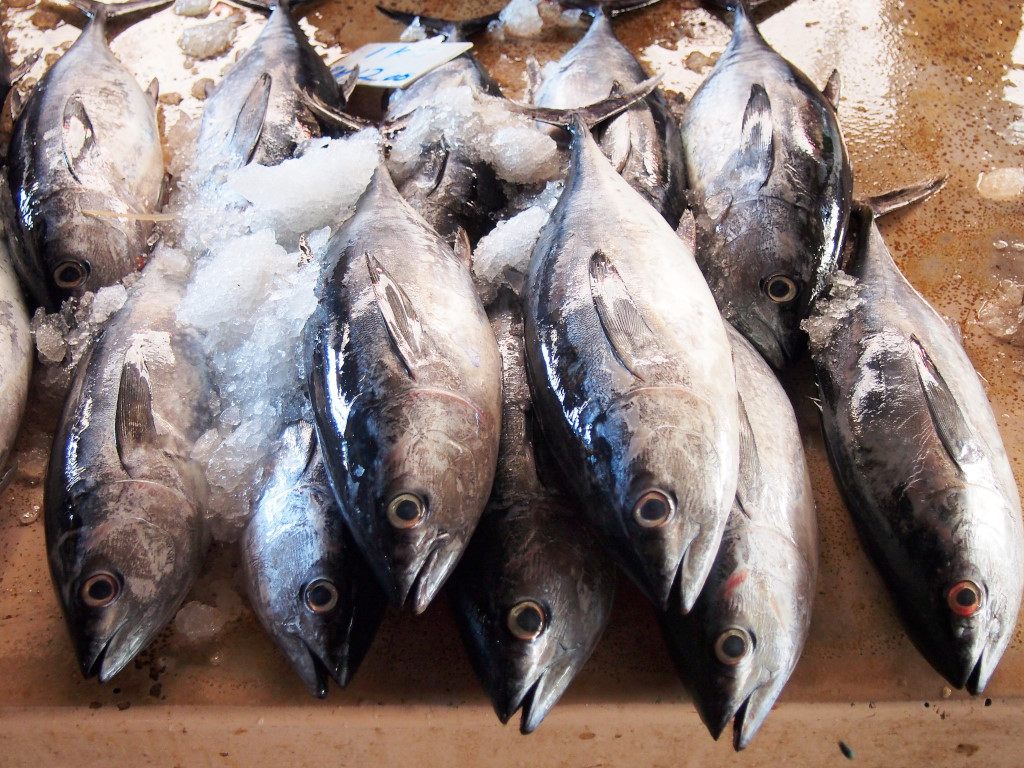
Judging from the very surprised looks on the faces of the women squatting at the tables, the place is decidedly not ready to receive customers. The nasi kandar place downstairs, on the other hand, is all-too-happy to serve me roti in a variety of flavours, a beef curry with biryani, a glass of unflavoured lassi as well as plates of curried beans and zucchini fritters – on one hand, 25 RM is a lot to be spending on breakfast, but on the other, this is the first instance of Malaysian-style food I have had in a year, and is definitely very good quality!
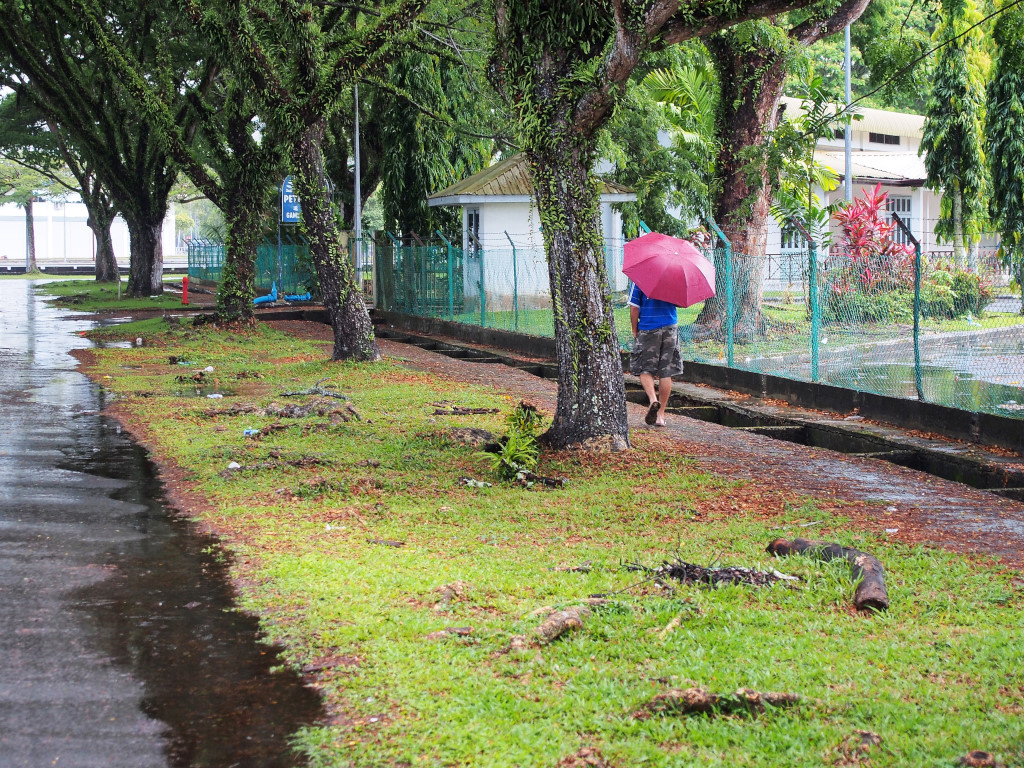
Frank points in the direction of the horizon and the clearing clouds, confident that the blue skies will prevail, although I am just not that sure. On the other hand, I just don’t want to spend the day hanging out in this drab commercial environment, hence have decided that I would rather risk getting drenched in order to see something. All that matters is that my camera is securely wrapped in plastic, which a quick trip to the 7-11 resolves.
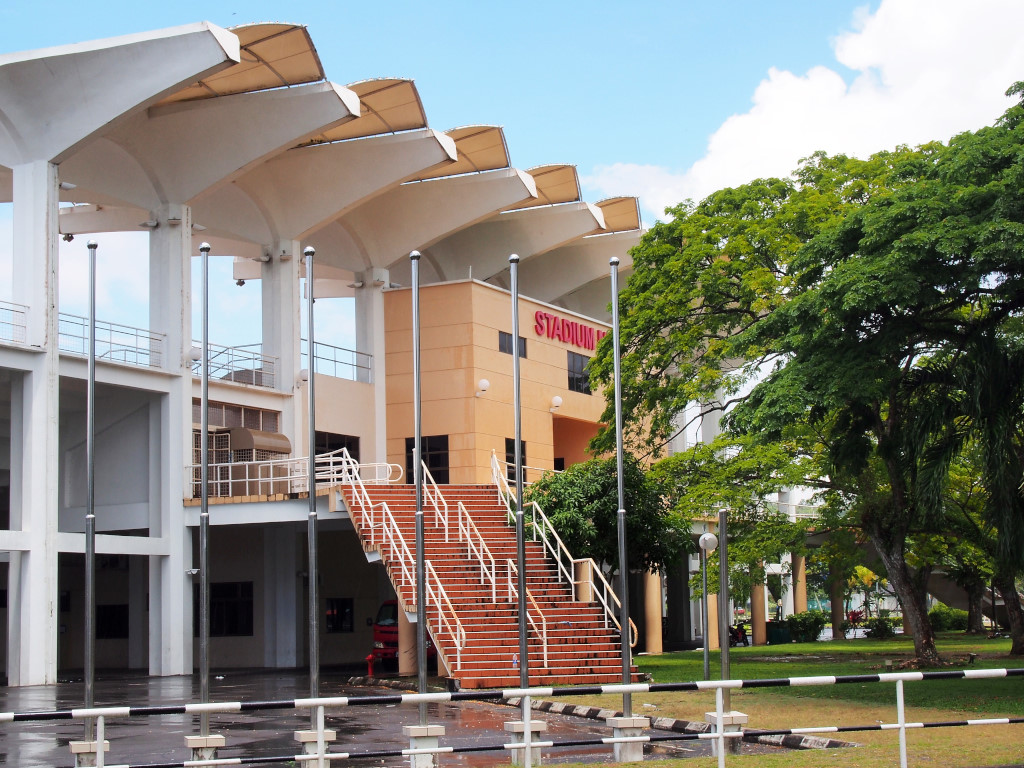
As we approach and enter the park area adjacent the Pelita centre, Frank’s predictions come true with a vengeance, the thick and seemingly obdurate layer of grey matter above us dissipating and revealing the most incredibly blue sky, punctuated with occasional tufts of cotton, the brightness and clarity of the light dazzling. We pass through a corridor of trees, past the stadium and various other civic structures, the buildings as modern as they seem empty – in fact, the streets themselves seem almost bereft of traffic.
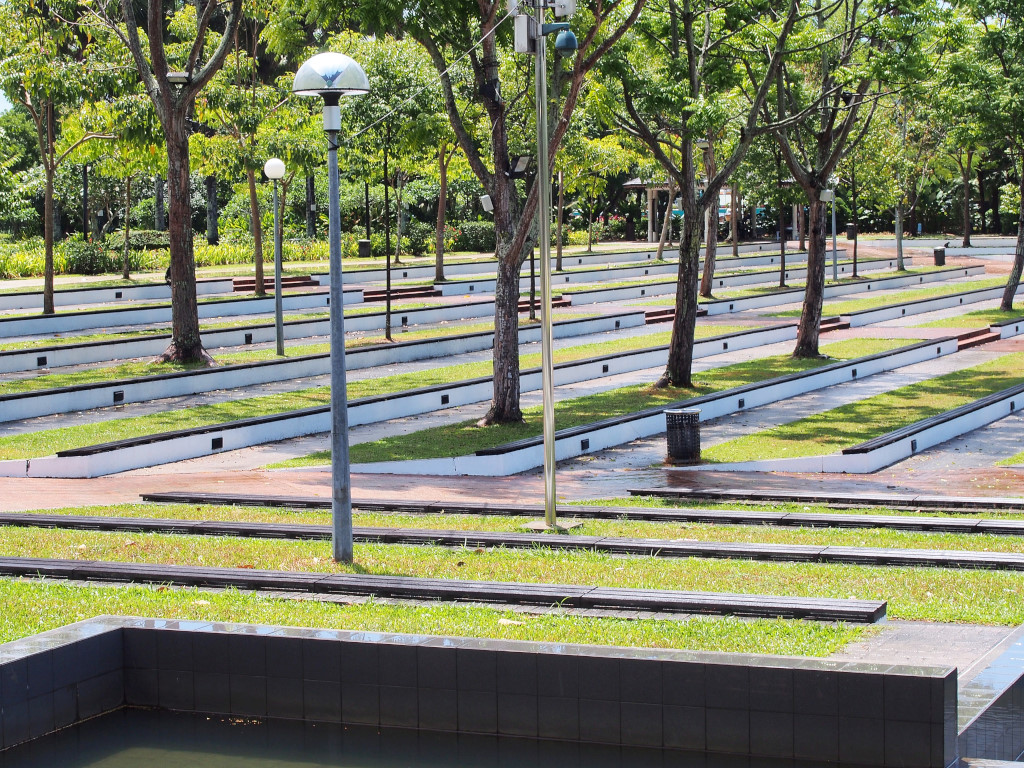
The park focuses on a maze of hedges and flowering bushes, a pleasant and artfully designed green space brimming with a newfound fecundity. The hedges circle a small lake reflecting a quaint white arched footbridge and the rich canopy of trees overhead. Adjacent, a broad tiled plaza around which radiate shallow terraced grass ledges, interspersed by saplings, a coup of design, particularly coming from the haphazard dishevelment of Myanmar.
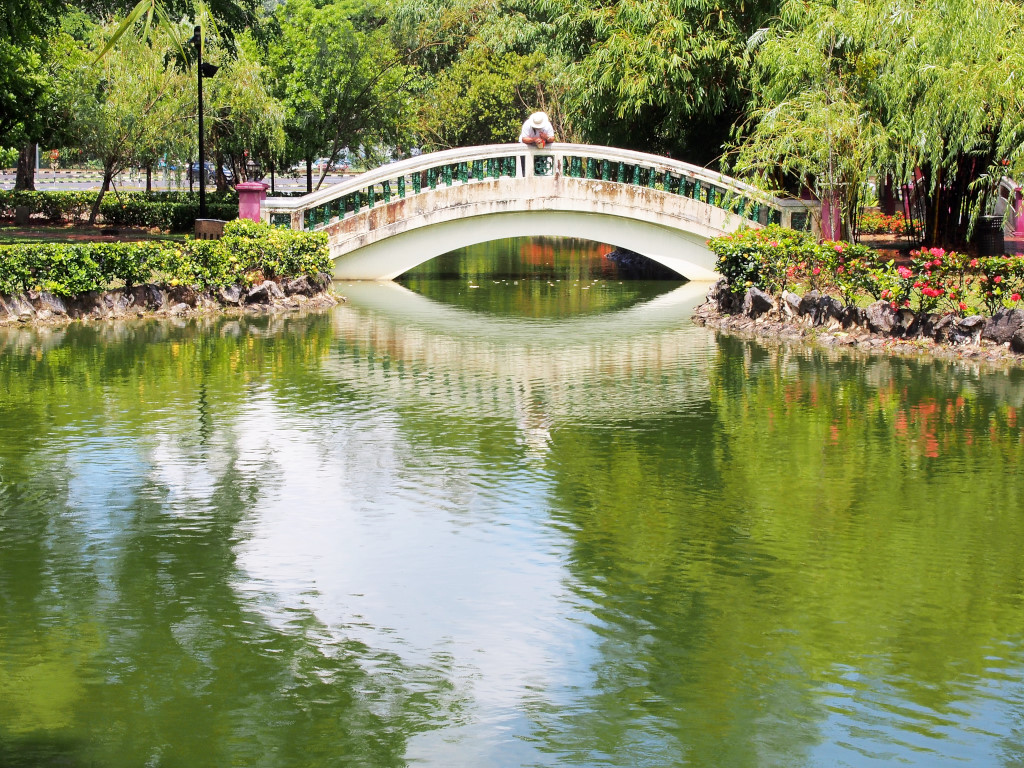
A Moslem-style gazebo forms the centre of a zigzagged shallow pool, the pale green water reflecting against the baby blue containing walls, the blue geometrically-patterned dome shining underneath the rich green and newfound blazing sun. Across the street, golden onion domes and a minaret crown the expansive whitewashed galleries of the mosque, a stunning visual extravaganza in this fecund setting.
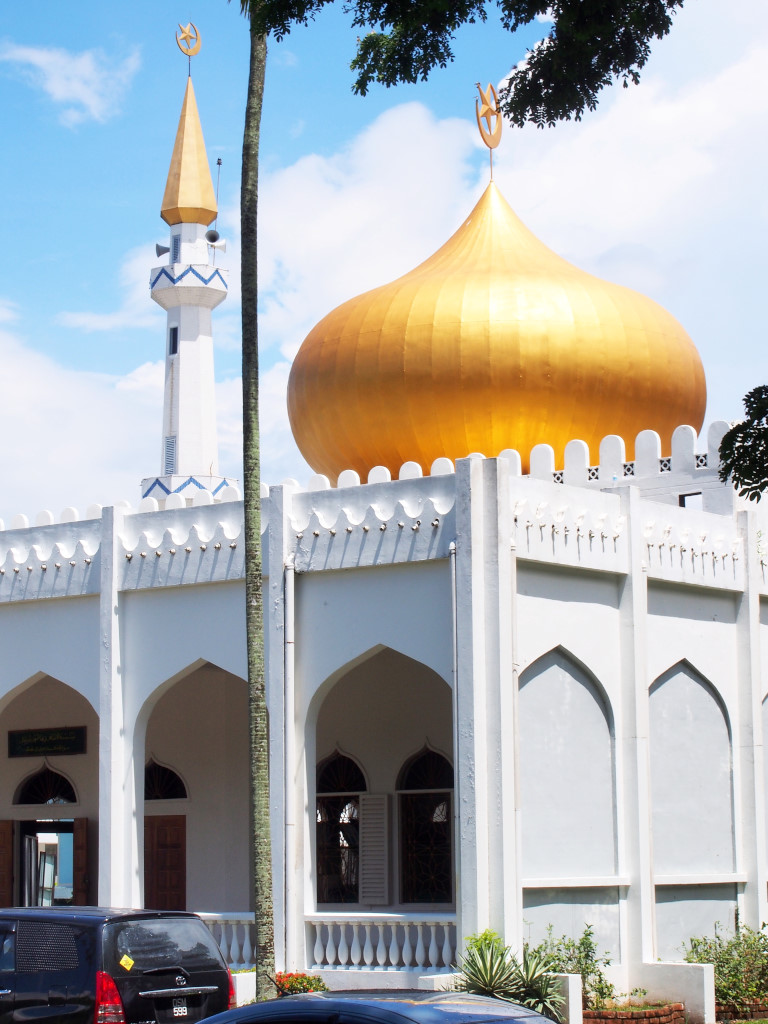
Rising to the top of the park and exiting south on Jalan Merpati, the gleaming mall that meets us is a far cry from what anyone would expect to find in Sarawak. ‘I don’t think there are any Kenny Rogers Roasters left in the U.S.’ Frank chortles, referring to one of the malls occupants down the spacious and brilliantly-lit passage lined with upscale retailers.
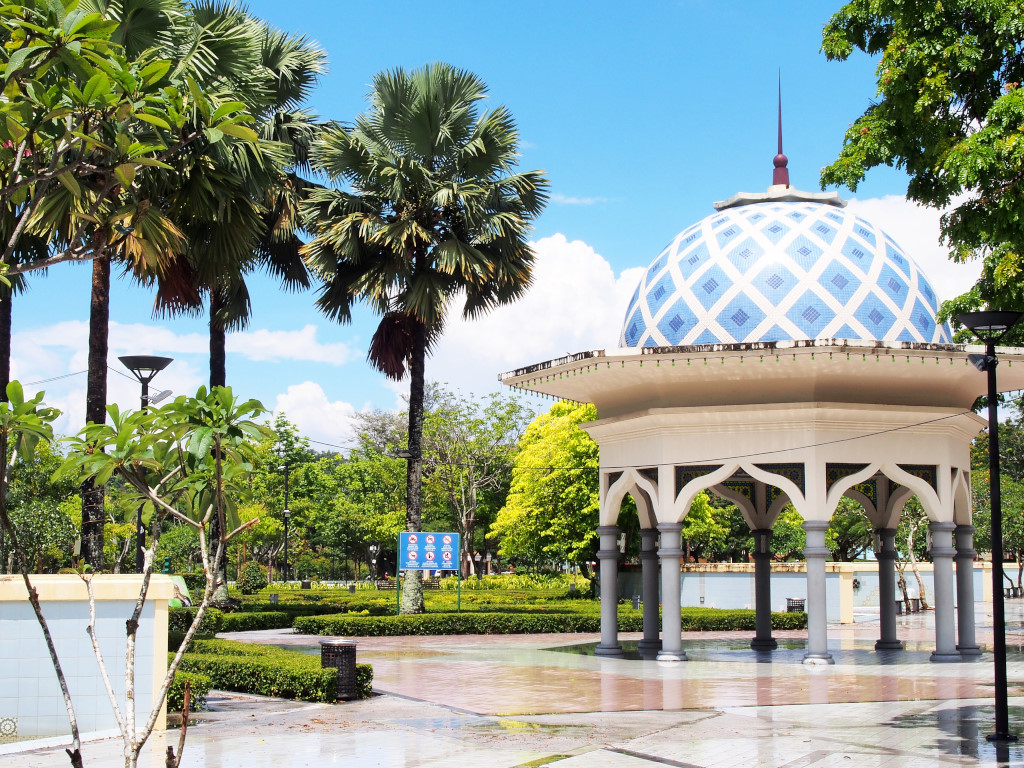
My only reason for coming here is the excellent coffee at the Mayland coffee shop, its dark browns reflecting the standard green of the Starbucks across the passage. I have been drinking very little good coffee recently, and don’t expect to find much outside of this town, hence the indulgence.
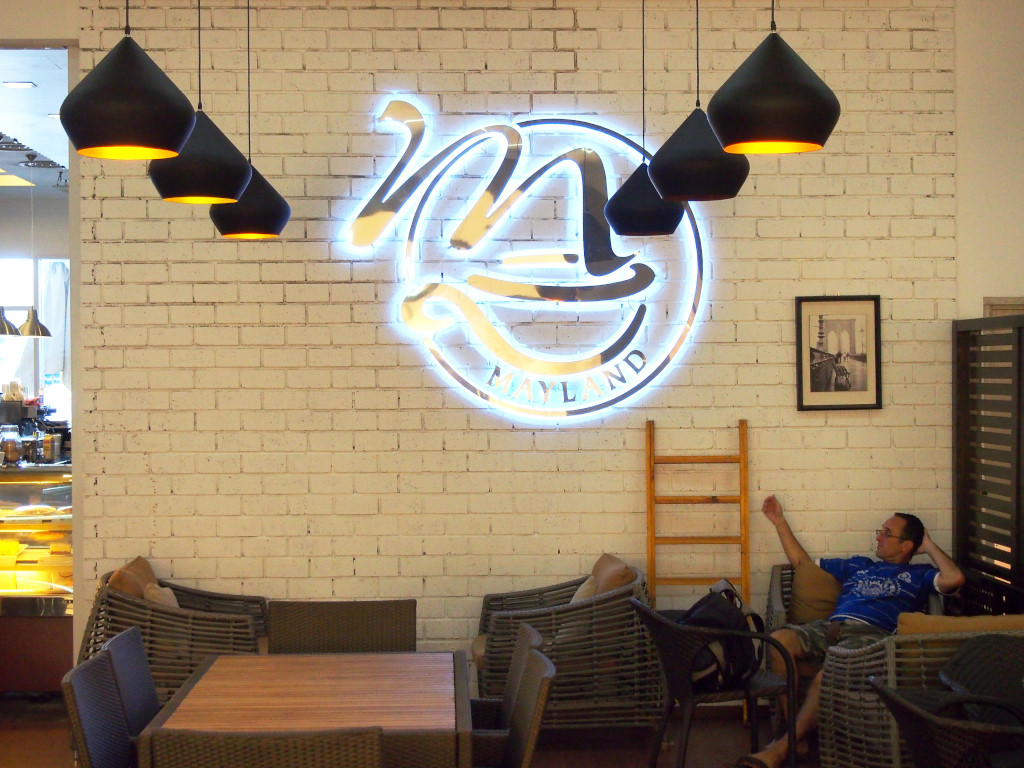
A meandering conversation about various subjects ensues, and then we are off again, further to the southwestern terminus of the city, where the tourist information office is located, although we also want to look at some alternate accommodation possibilities in the centre.
Frank inquires at the sports bar further down Jalan Merpati as to the possibility of seeing the Floyd Mayweather- Manny Pacquiao fight, which is apparently the biggest fight in decades, the participants pulling in $100 million for the ¾ of an hour fight. He raves about the importance of the match, but it’s lost on me, given that I have little interest in pro sports, one of the main reasons being the crass commercialism. The idea of making so much money for doing so little is just obscene, no matter what. In any case, the owner of the bar assures him, she has been asking numerous occasions for the opportunity to broadcast the fight in her bar but was roundly turned down. ‘Watch it on YouTube the next day and for free’ I suggest …
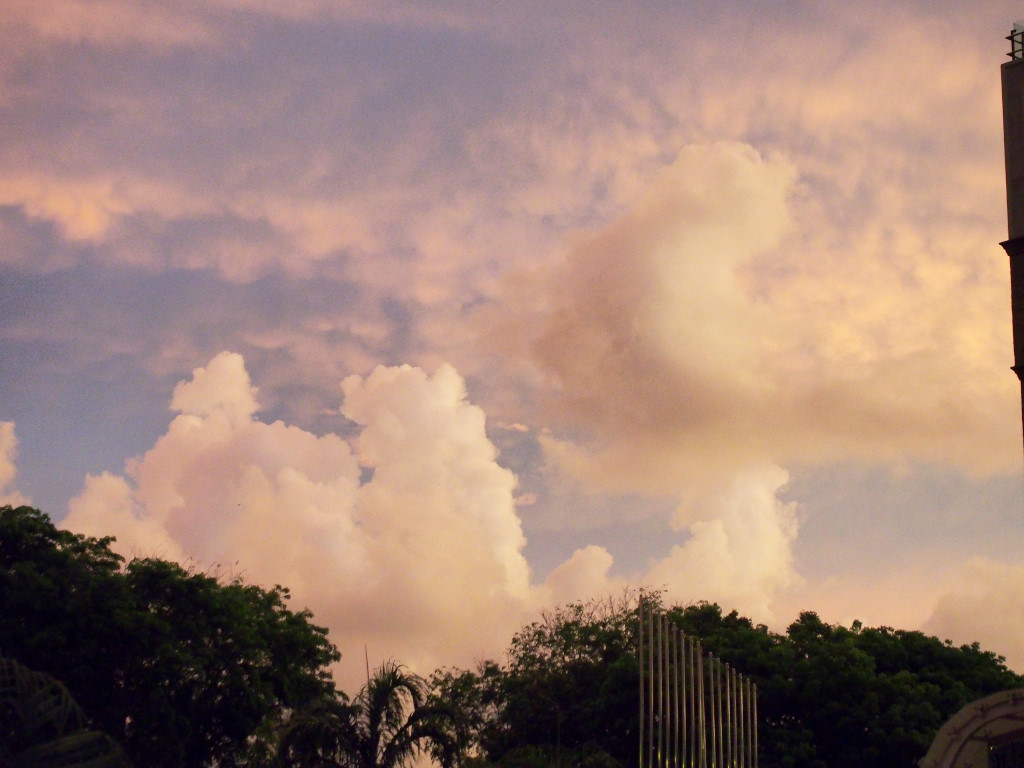
The rain has now entirely abated as we wander through the town centre from modest hotel to modest hotel, comparing the price margins with the quality of the modest rooms, how big they are, whether the bathrooms are attached, how clean and modern they are, the quality of the bedding, and whether there are windows.
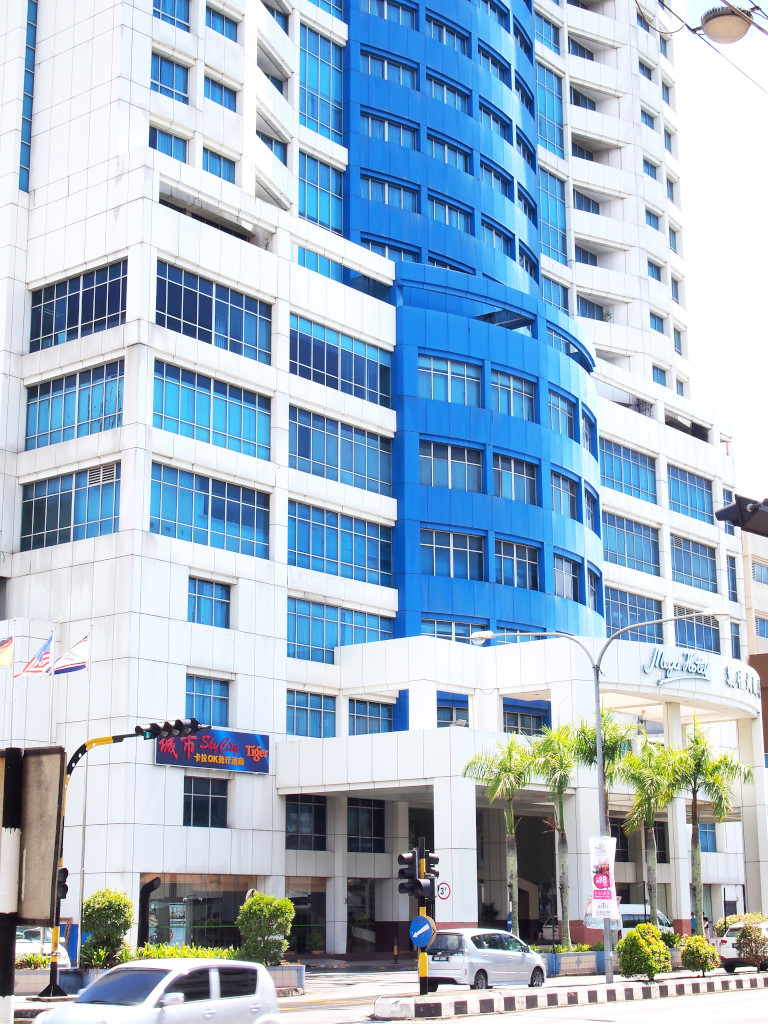
The vast majority of the budget hotels offer very simple and small rooms for 60 RM, although never as nice as the Miri Budget Inn, which is really just located on the other side of the park, hardly so far away from the town. It occurs to me that the Pelita Centre is also near the bus station, which is one advantage, although the taxi ride to the airport would be more expensive.
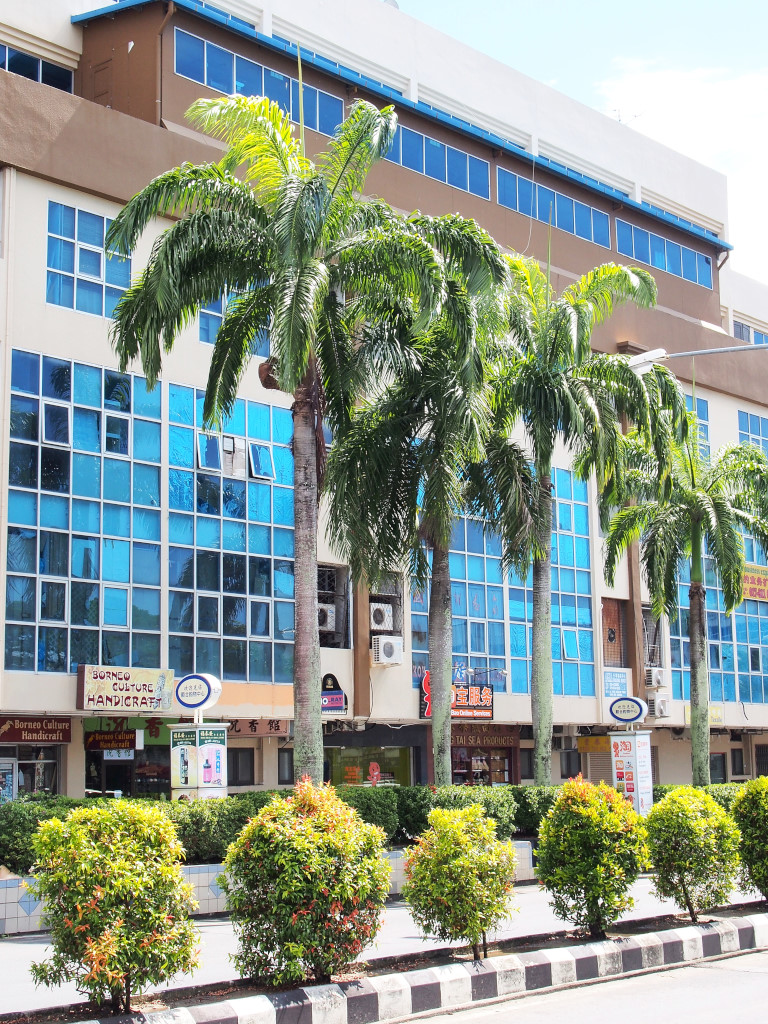
Some of the more expensive options are definitely enticing, although my attempts to negotiate lower prices for three-day stays are to little avail. In any case, I don’t have much of a idea as to what I am doing at the moment, and any attempt to move hotels would be contingent on the information I find out at the tourist information office further to the southwest.
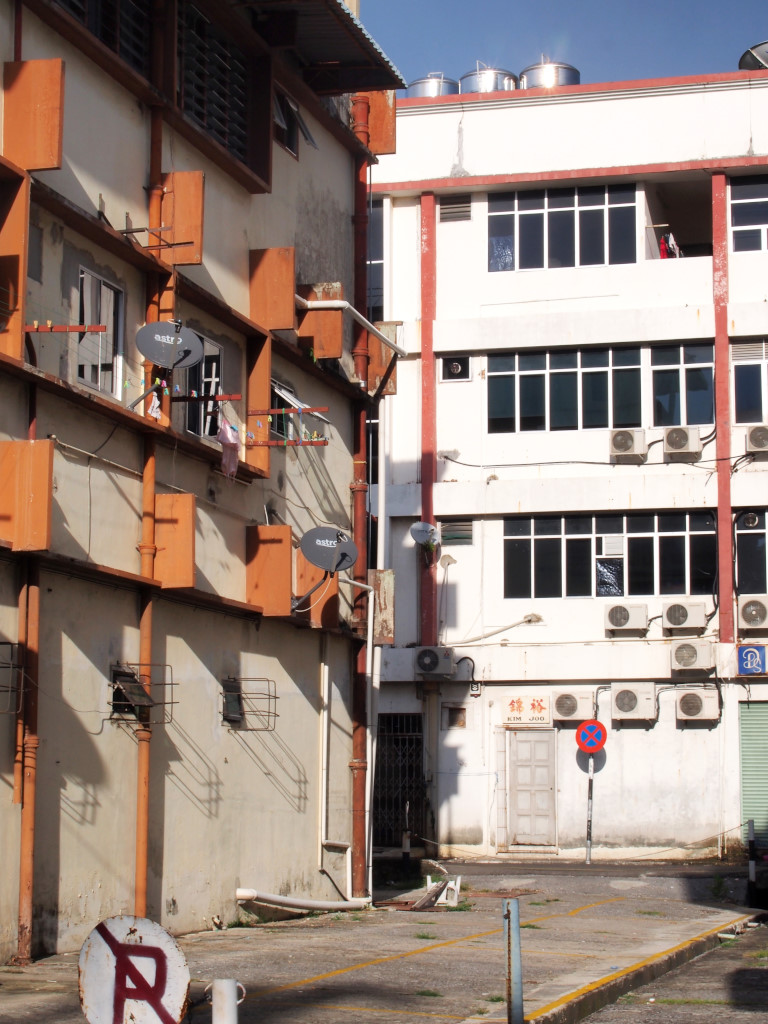
Miri’s architecture dates from various eras, but is generally bright, shining and alluring in the newfound brilliant tropical sunshine, the colours and glass gleaming against the rows of brilliant green palm trees that line the streets. Here and there, luxury hotel towers loom over the rest of the town, and judging from the amount of vacancies visible at the lower spectrum of hotels, the hotel market is obviously dynamic, unlike in the country I just came from. There is a plentiful supply of rooms and a healthy marketplace dictated by the rules of supply and demand.
Ironically, despite the amount of money in this town, there are quality inexpensive accommodation options, centrally located, with all the amenities you could want. Recalling how dry western Malaysia is, I am truly surprised at the amount of alcohol on display both in stores and restaurants.
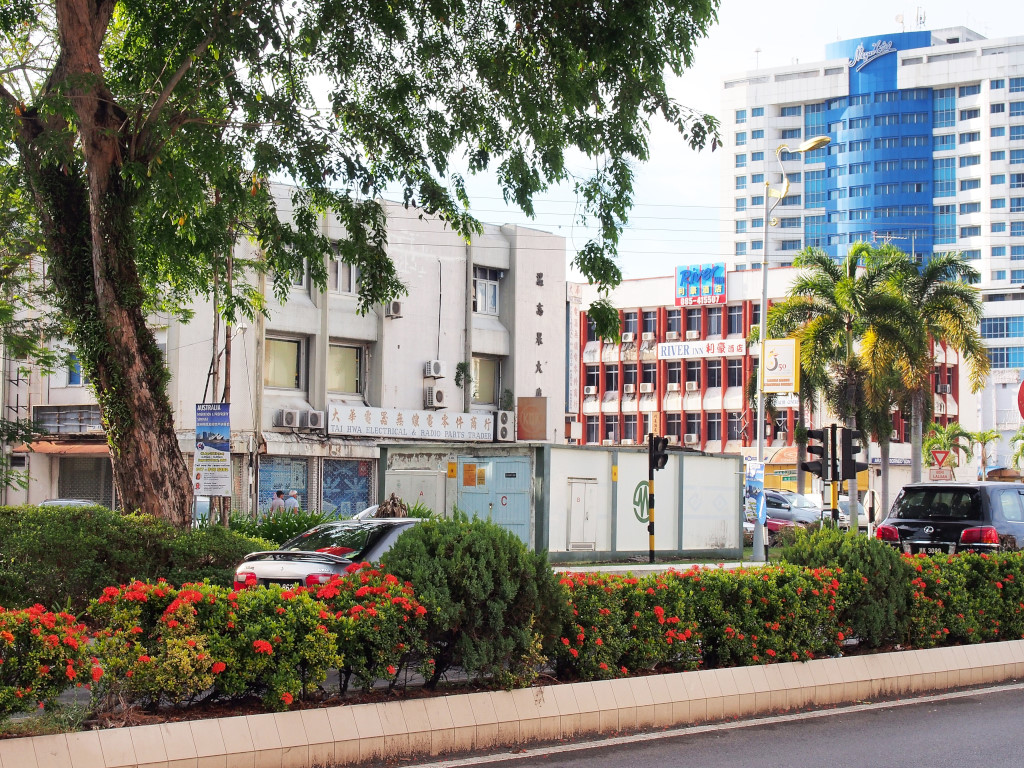
I was under the impression from the travel guide that the parks information office is separate from the tourist Information office, dealing exclusively with bookings in the national parks in this corner of Sarawak, but the staff in the Visitor Information Centre assures me that all matters pertaining to the national parks can be dealt with here.
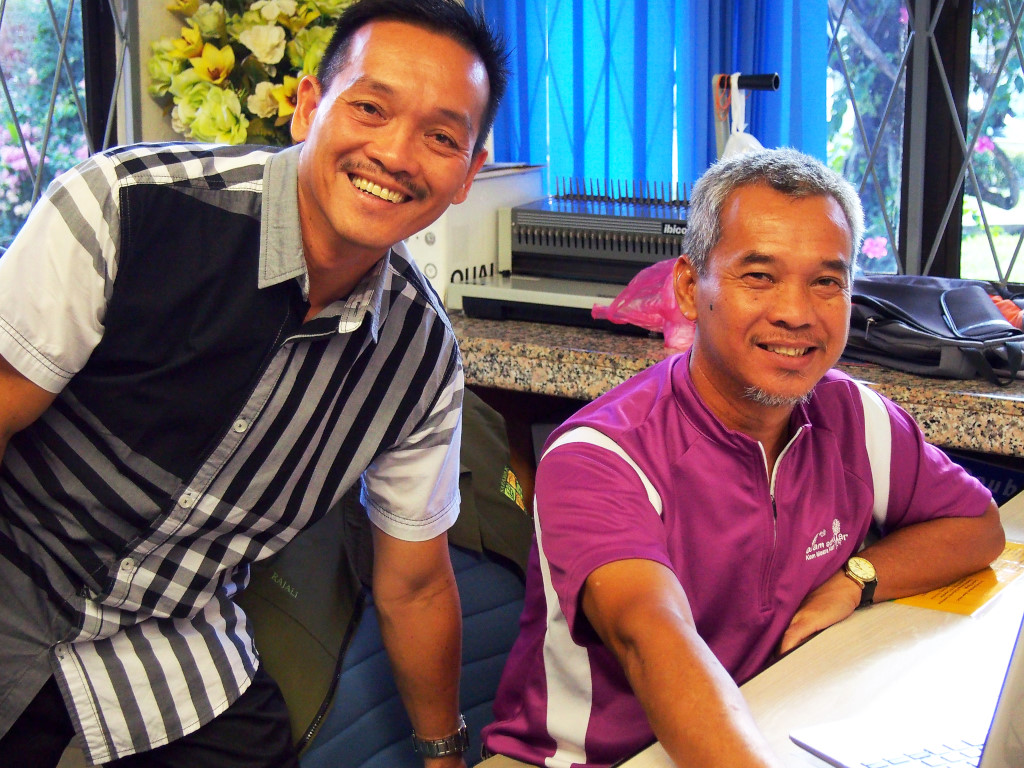
The iconic Gunung Mulu park can effectively only be accessed by airplane, but there should always be flights available to the park, land travel being impractical, due to the park’s remoteness. While the area inside the park offers numerous pricey accommodation options (the park having recently been privatized), the options outside the headquarters, just across the bridge, are plentiful and never full.
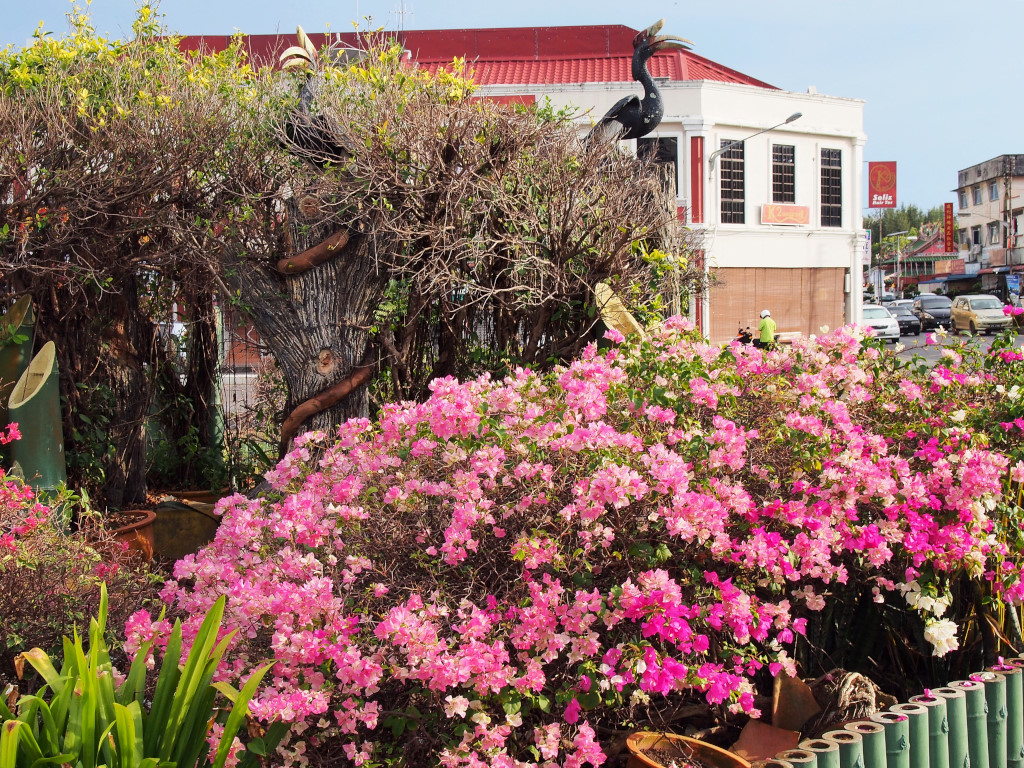
Despite being a holiday long weekend (Labour Day), the staff does not anticipate any particular difficulties accessing the park or getting accommodation, since locals simply can’t afford to or are not interested in flying at a relatively high price to some wilderness park.
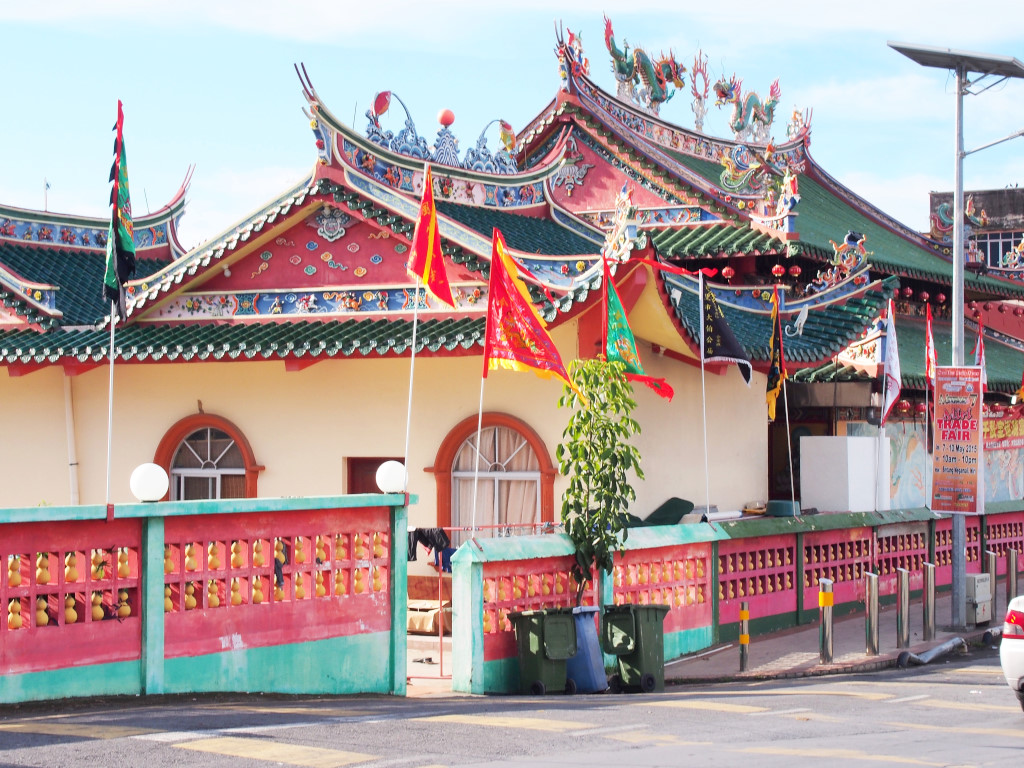
One man hands me printed sheets itemizing the accommodation options, and another with all the different hiking options, organized by subject, pointing out those that are particularly difficult (and which I am shying away from), with the additional rationale that the difficult, multi-day hikes would expose me seriously to leeches. They laugh nervously when I broach the leach issue, shrugging that there isn’t really much you can do about it. On the other hand, the trails in town are relatively wide and well-maintained, hence the chance of leeches falling on you here is remote.
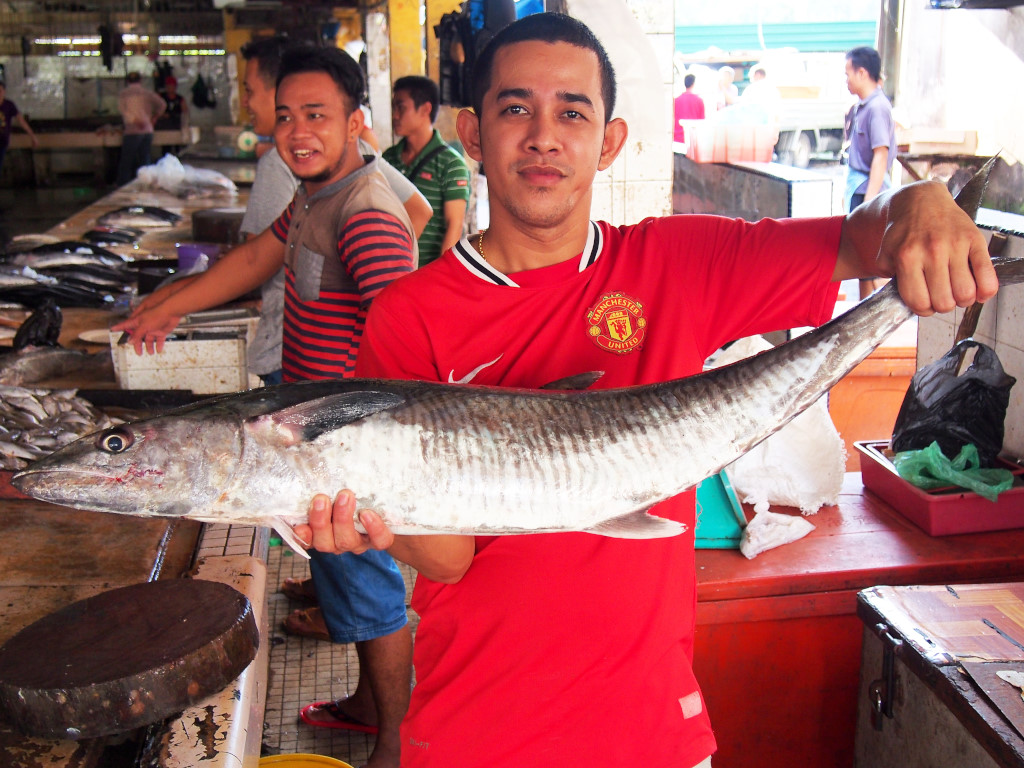
It may having been raining the last few days, but it has been dry for months, and there shouldn’t be much of a leech problem anyway at the moment. Then each park has unique types of leeches, some small, some large. If I really was that worried about leeches, I should just carry salt with me, as contact with salt will make the leeches fall off immediately …
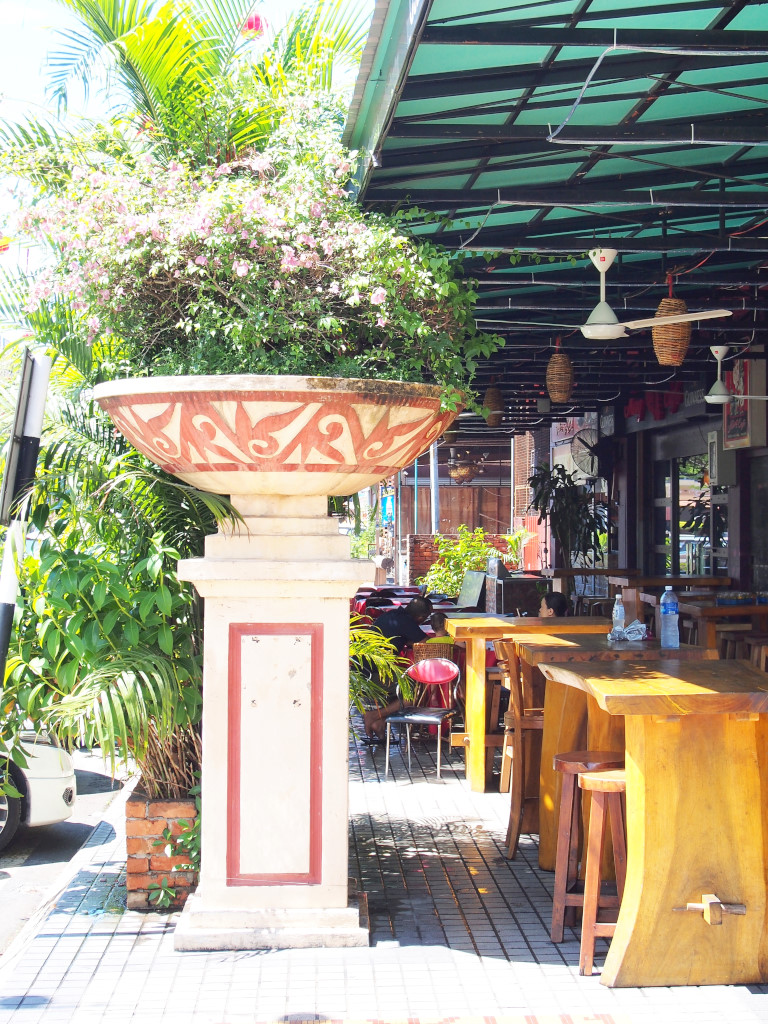
There are numerous different hiking opportunities in the park, and I can’t imagine all of them as being backbreaking. The staffer nods his head sympathetically, no, in fact most hikes are fairly accessible.
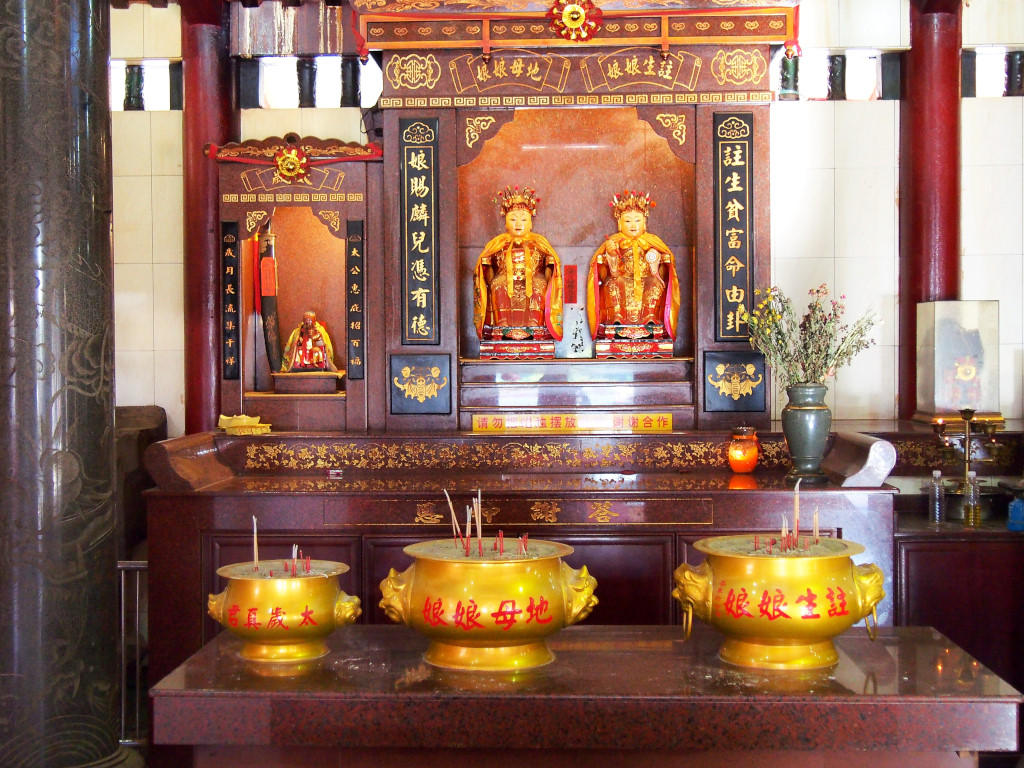
Lambir Hills national park is closer, but all park accommodation is booked out until the end of the long weekend, meaning I would either be stuck in town waiting until the long weekend was over, or I should think about going somewhere else first. He suggests the Niah park, whose entrance is also close the old cross-Sarawak highway.
The Kelabit highlands are more of a problem to get to, as the airplanes flying there are small and booked up well in advance. I should simply check online to see what the flight connections are for both Mulu and Bario, which is the base for traveling in the Kelabit.
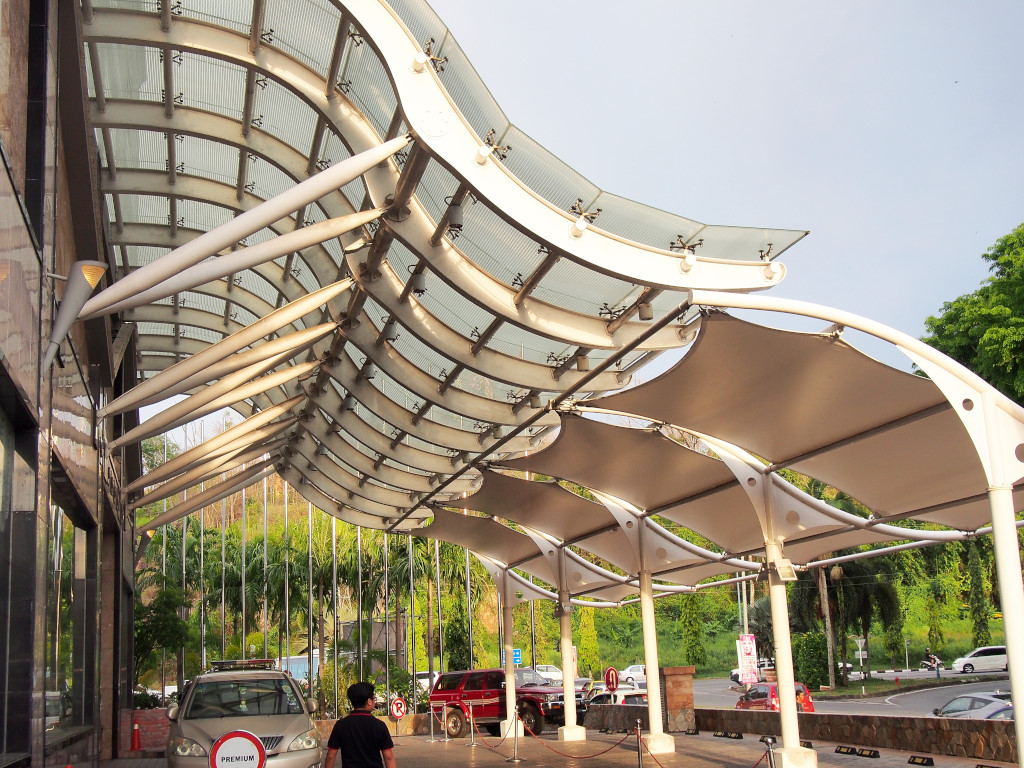
The weather is unpredictable as anywhere else, but the current rains are new, as there has been no rain for months. There are other attractions in this modest but wealthy town that don’t involve nature, and that would include the amazing pan-Asian gastronomy found all through east Asia, as well as the Miri Jazz Festival that is coming in a week, a ploy to bring tourists to the town along the lines that Kuching has been doing successfully for years.
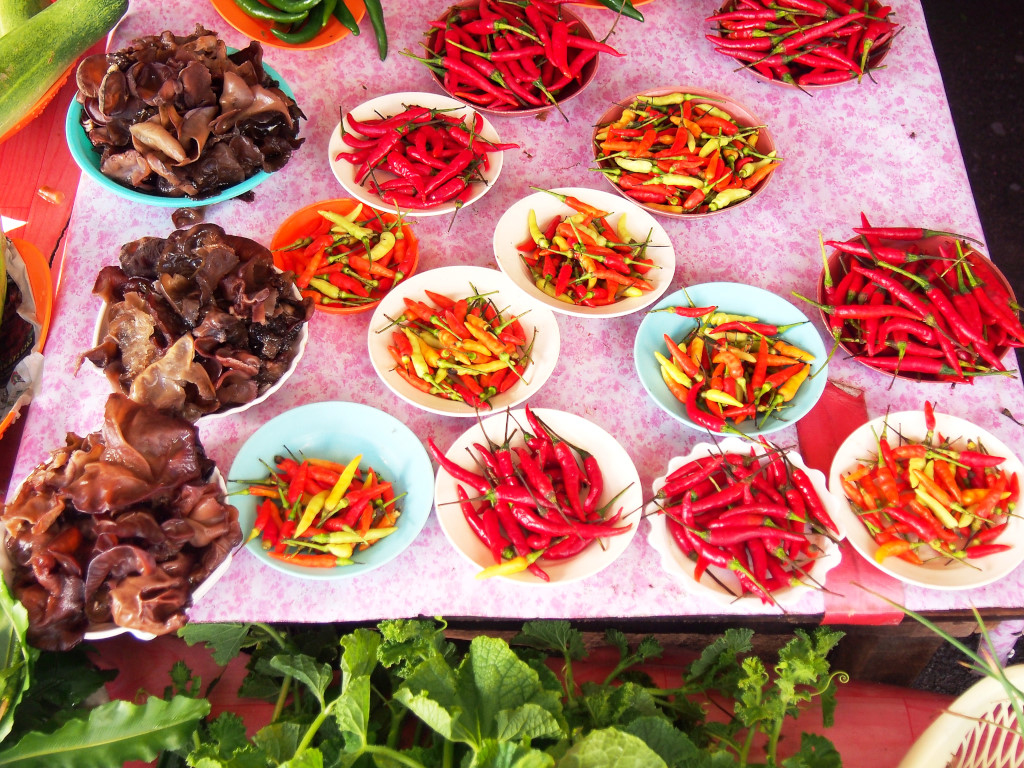
Frank later points out that he would be more inclined to visit Lambir hills park for the day, as it is closer, and in fact leave Niah for a multiple day stay, as it is farther and en route towards Kuching. I assure him that he has a lot to look forward to in his trip, as the highlight of Sarawak state is the many national parks.
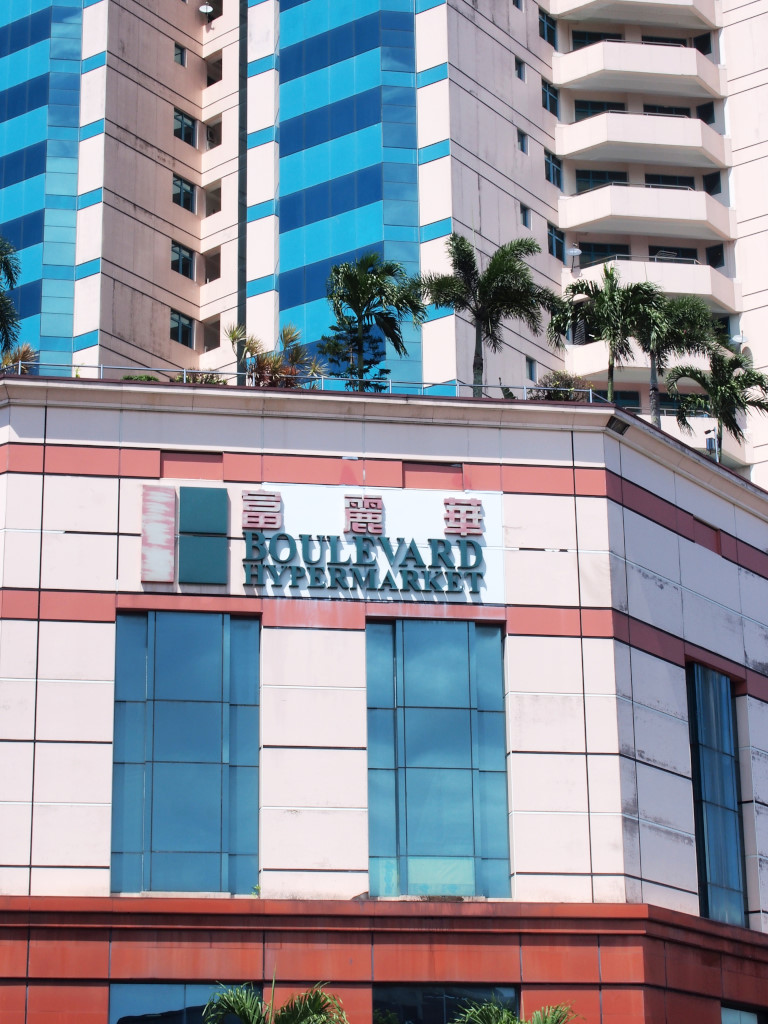
Even though the day has been quite overcast and not particularly hot, by the time I reach the Pelita mall area I am just drenched in sweat.
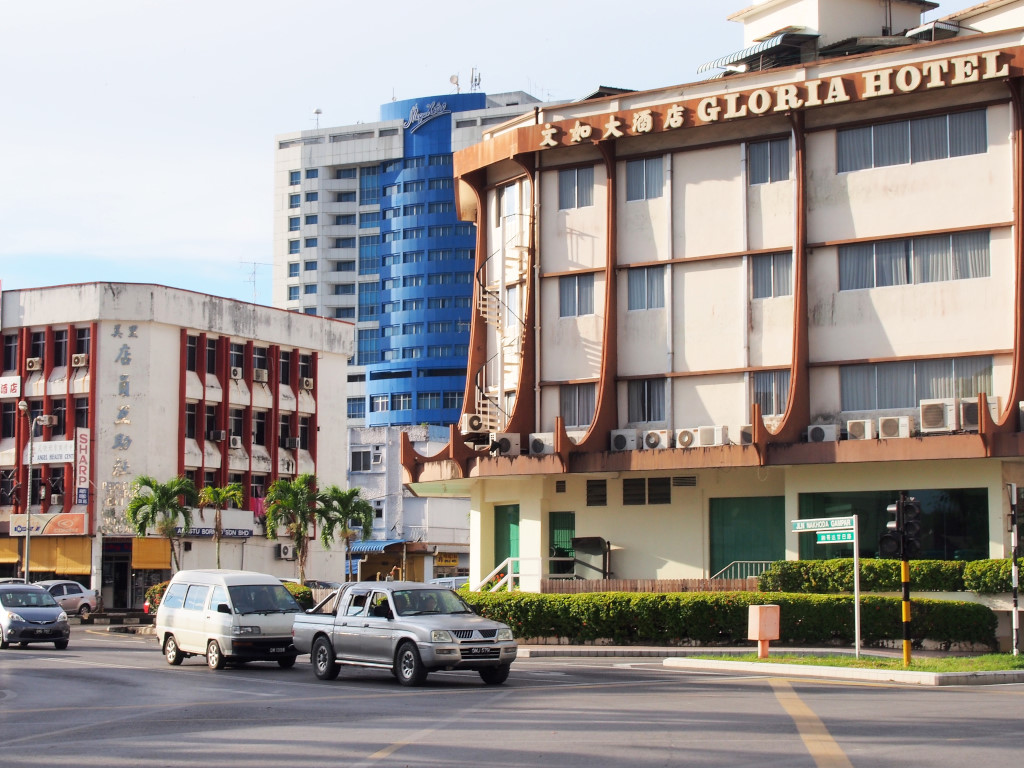
The wizened old Chinese man at the table rambles on incoherently about his experiences as sailor traveling to San Francisco, or at least that’s as much as I can glean from him as he glides from table to table, collecting pop cans. Our attempt at conversation eventually becomes too conjectural, given the difficulty in interpreting what he is trying to say – and certainly a good reason to return back to the hotel across the street.
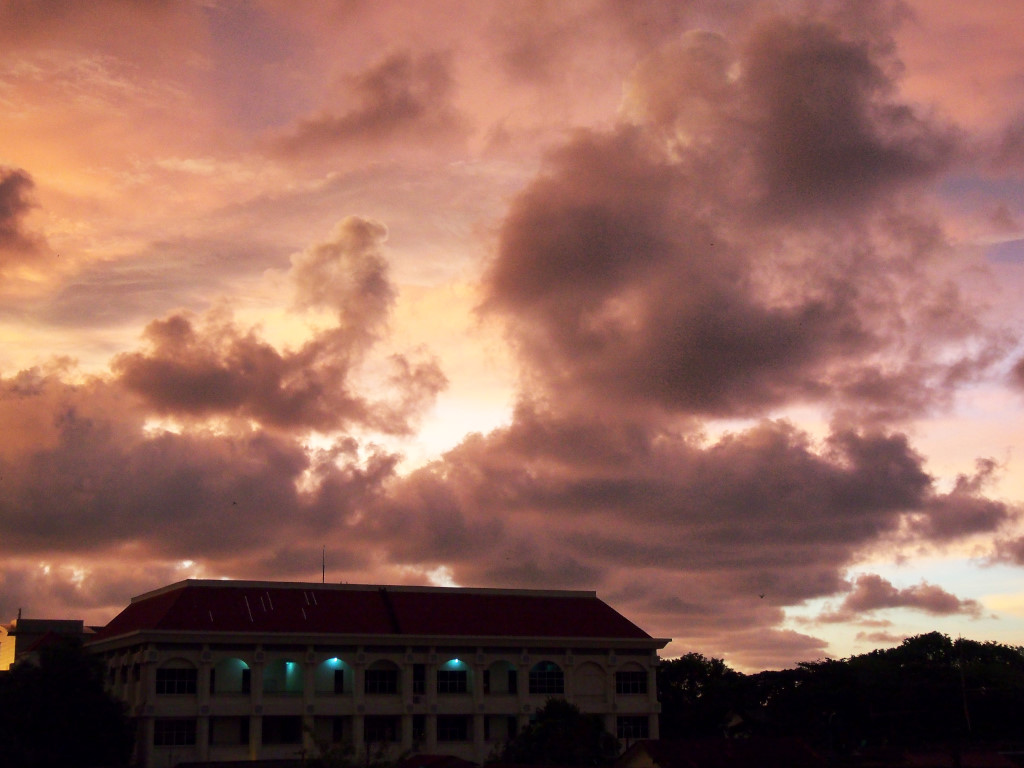
It turns out very easy to book the flights to Mulu and Bario on MASWings, despite my bedraggled state. I opt for the 3rd, one day after Frank, as I get a lower price, coming back on the 8th, and then leaving the next day for Bario, coming back on the 14th. This represents easily half of my time in Malaysia, but happily the intention of this trip was specifically to do a qualitative fill-in of details I had not taken in during the first visit to the region years ago.
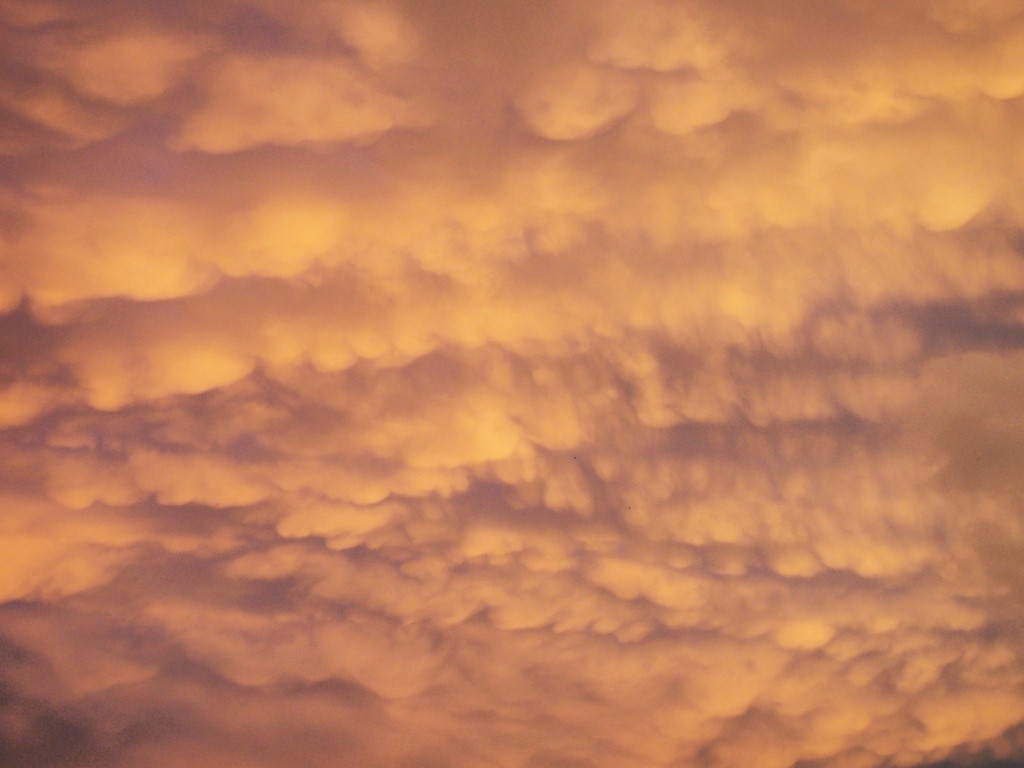
One thing I am not clear about is baggage allowances – at the tourist office, I was told that the flights allow regular baggage allowances, and this is also what the tickets issued to me confirm, but the Lonely Planet states you can only take five kg on the plane to Bario.

